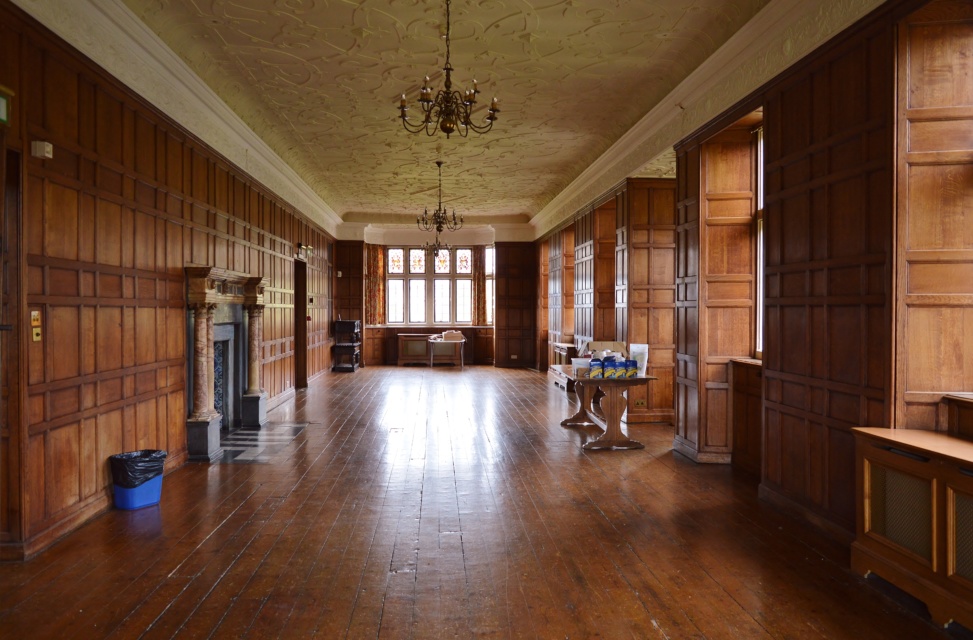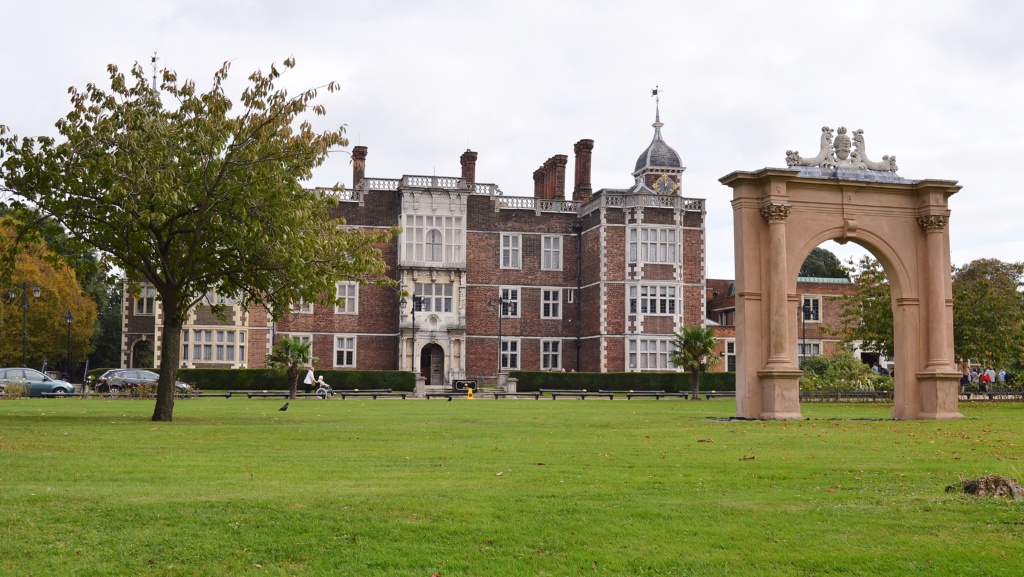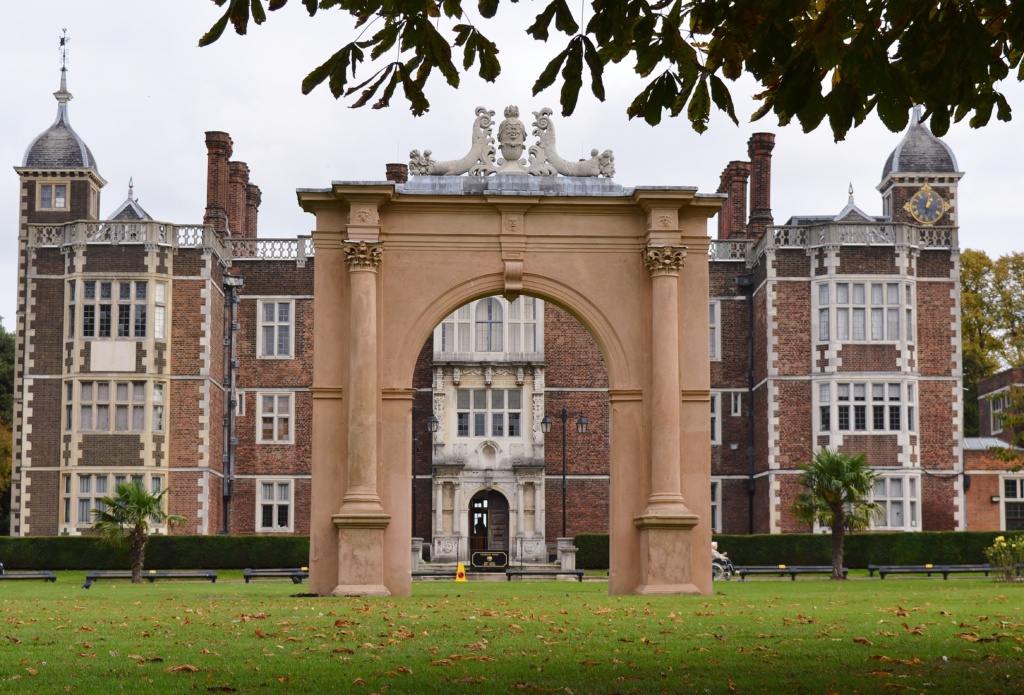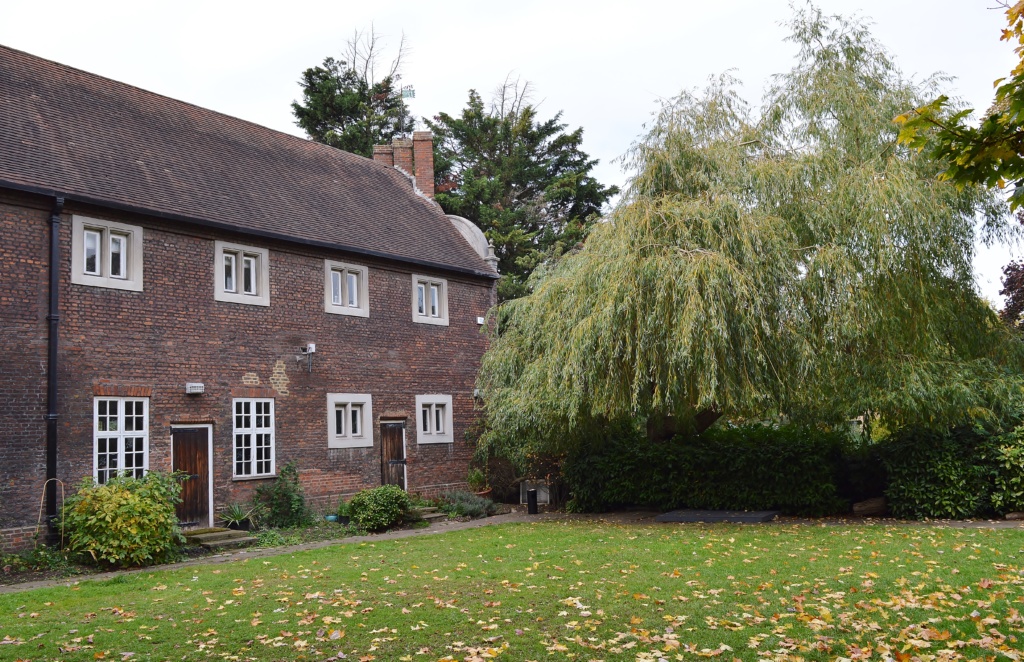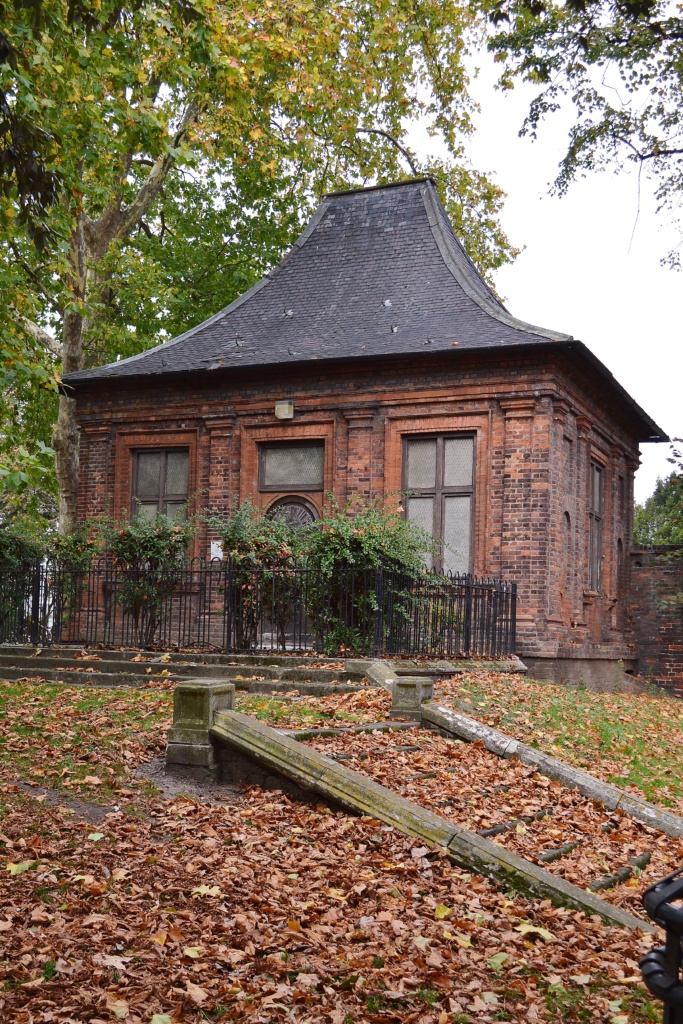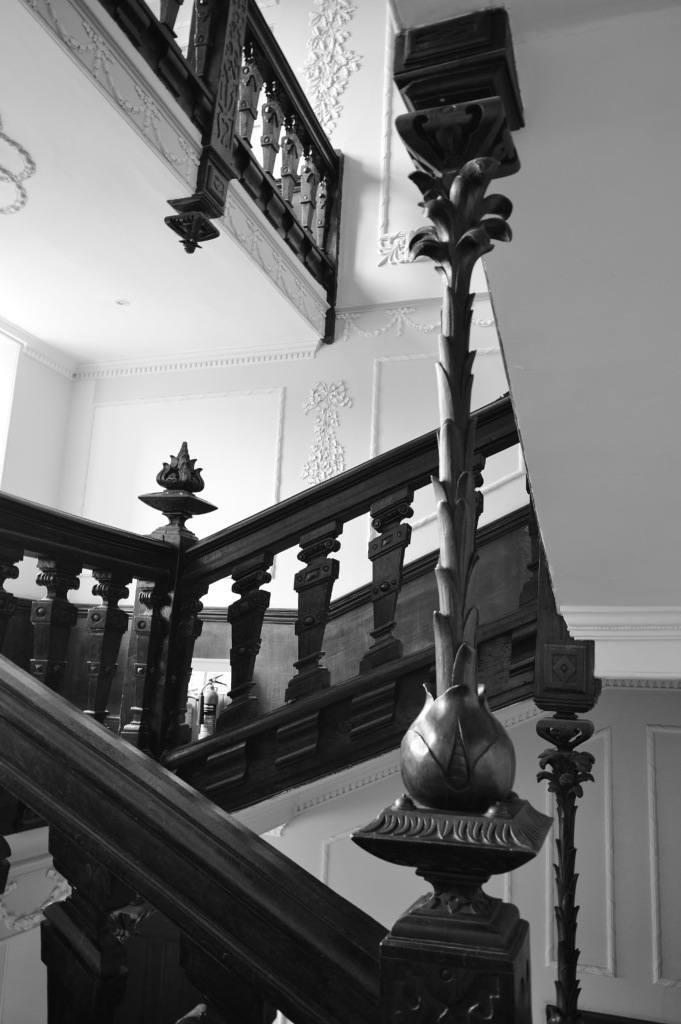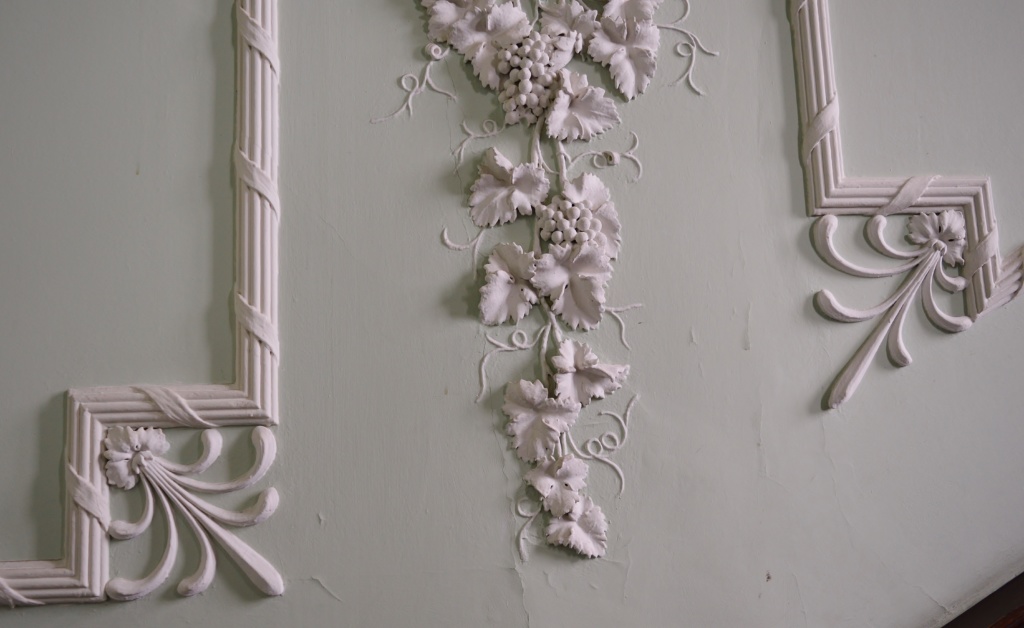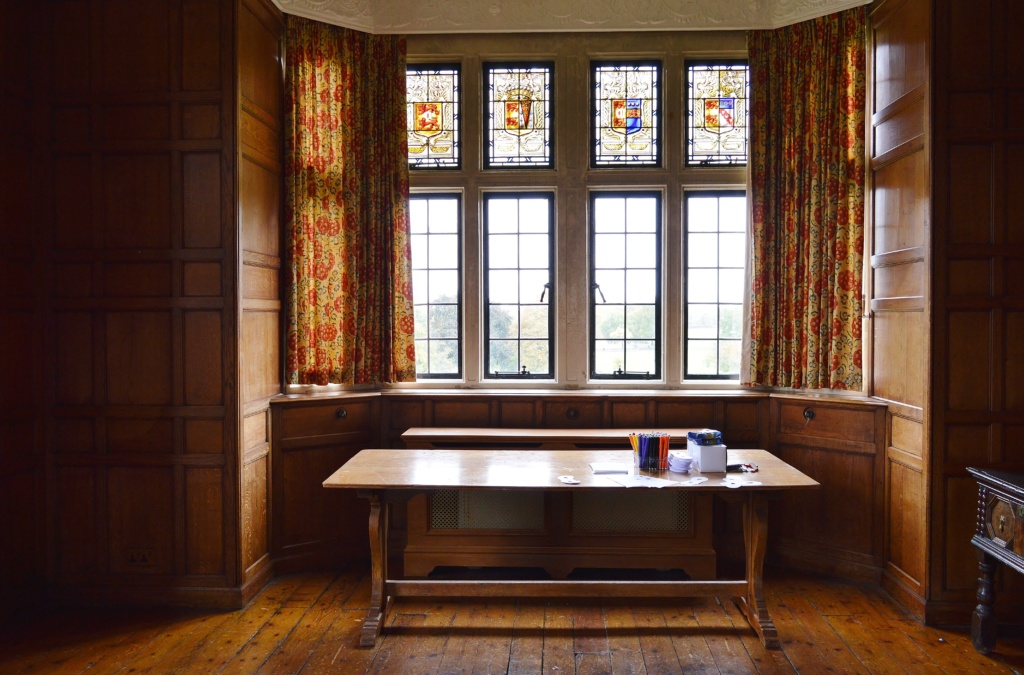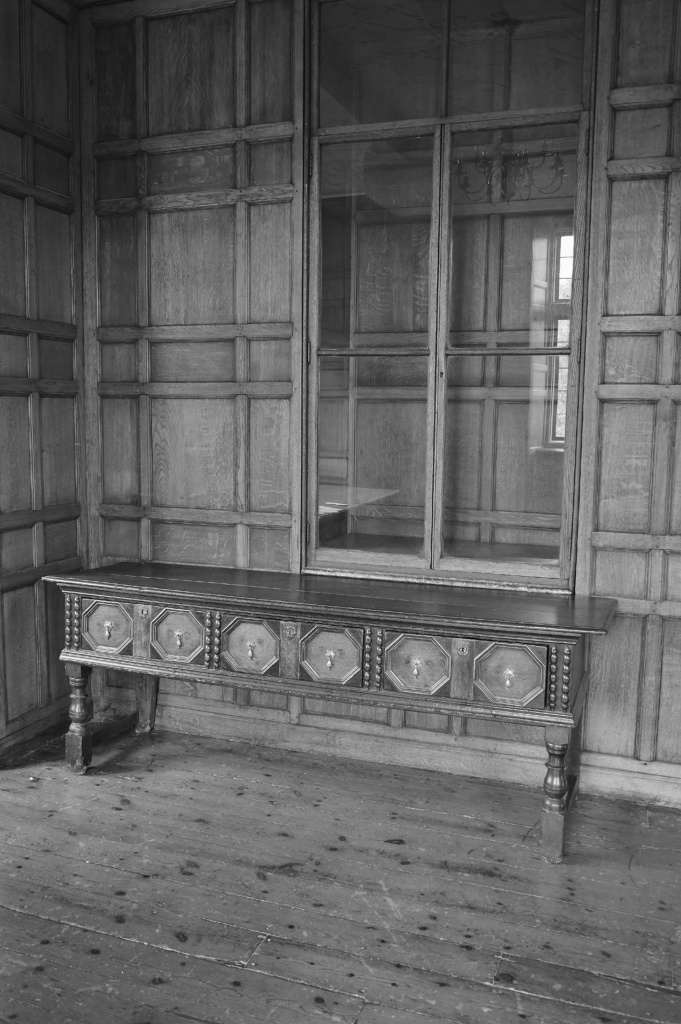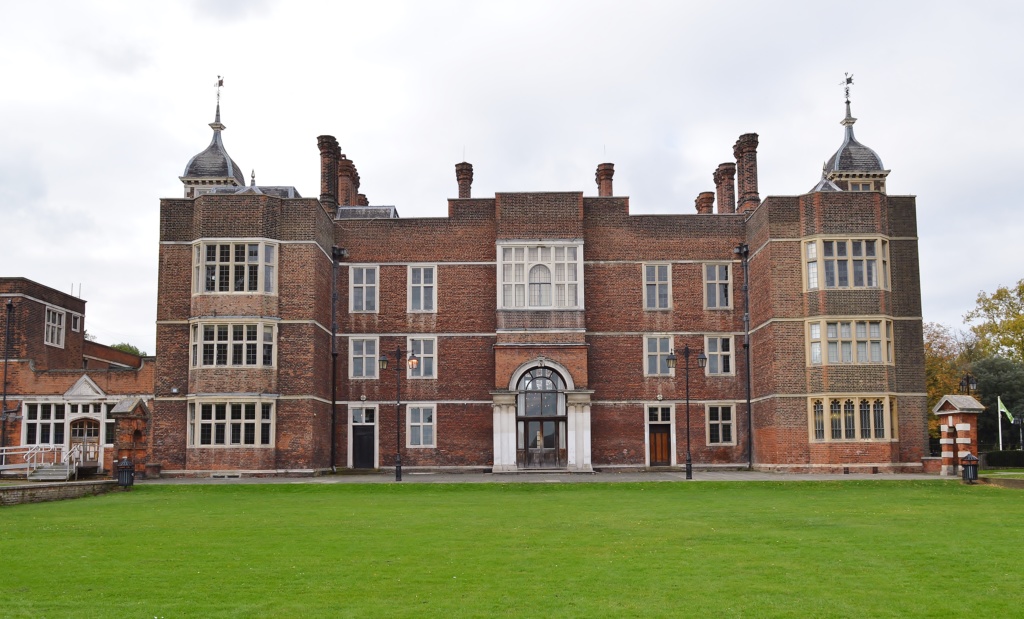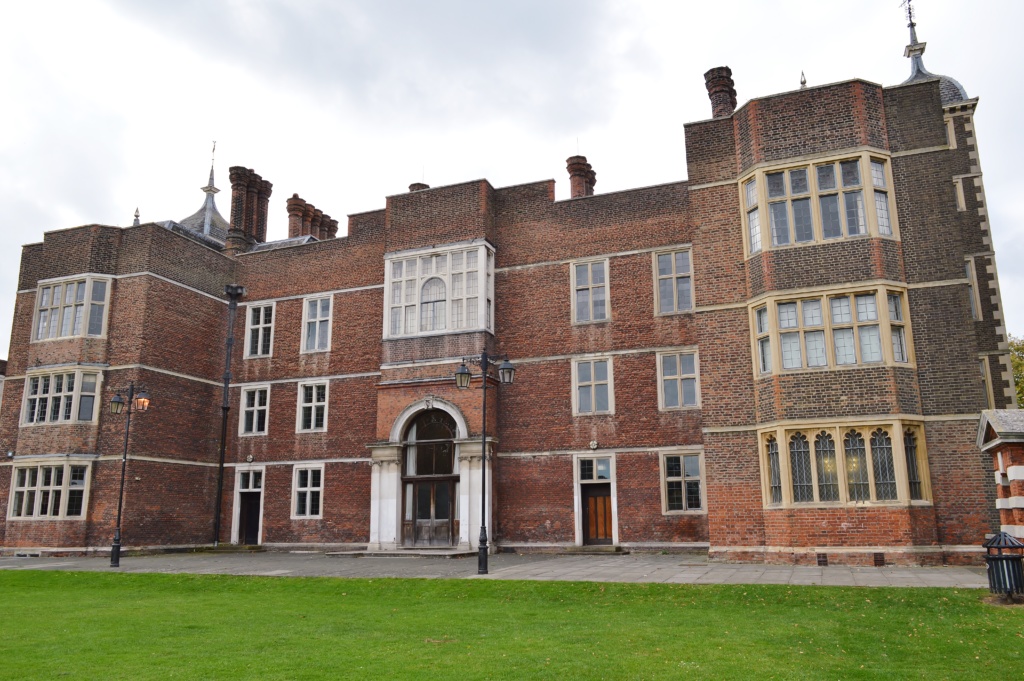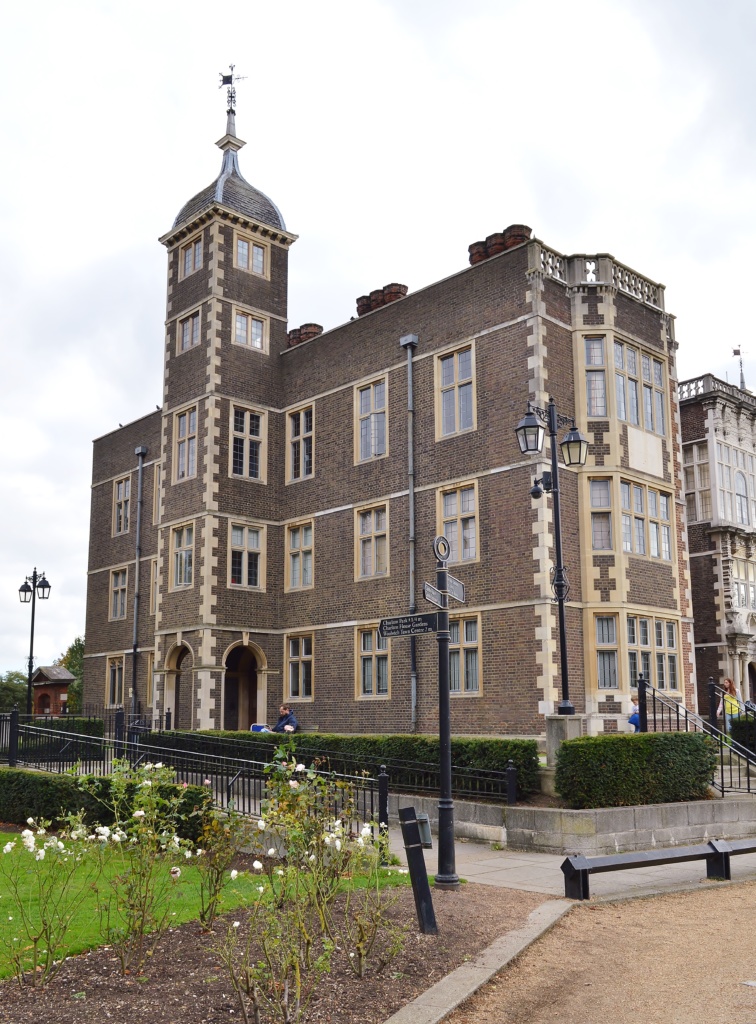James I, the King Of Scotland, who also took over the crown of England when Elizabeth I died childless, had this house built for Sir Adam Newton who was first the tutor and then the secretary of his eldest son and heir, Henry Frederick, the Prince of Wales. The house was completed in 1612, just as the 18 year old Prince contracted and died of Typhoid. Henry’s younger brother Charles succeeded his father as King Charles I and, in time, failed to prevent both a Civil War with Parliament and the loss of his own head. Would the severe (he strictly implemented a swear box among his entourage) calvinistic-influenced Henry have steered a course that would have prevented the schism?
Adam Newton was, in effect, a career civil servant under both James I and then Charles. His house became the defining building in the rural village of Charlton which sat high on a hill looking down at the south bank of the Thames. Its only rival is the church that Newton endowed upon his death, St Luke’s, which dates back to Norman times but was completely rebuilt as it stands today in the 1620’s.
The London sprawl has long since submerged the countryside which surrounded the village of Charlton, but both Church and House remain standing on the top of the hill, albeit both look like they have seen better days. They suit the unpretentious area, though. Charlton itself is a bit rough and ready. I walked up the hill on match day and met scores of fans walking down to Charlton Athletic’s ground wearing red replica shirts, eating sausage and chips out of the bag on their way to the game. Belching and shouting. It certainly wasn’t a Chelsea crowd.
Charlton House is owned by the local council and despite its age and grandeur is not on noticeably the tourist trail. There was a queue waiting to get into the library to the side of the main hall when I arrived but they were there for a Mother and Toddler music class. The house itself was empty except for a council employee who had a desk in what looked like a deserted tearoom and said I could wander around on the ground and second floor, before pointing to the door into the house and returning to his work.
There wasn’t much to see on the ground floor apart from the views out to the gardens which are now an unprepossessing but pleasant municipal park. The powerfully carved wooden stairway was impressive, however, and the walls of the stairwell were nicely tittivated with molded plaster decorations. Up on the second floor, the rooms are clearly hired out for conferences and meetings. There were flip charts and uncomfortable looking chairs in most of them. You could still see some of the original architecture, despite unsympathetic decoration, but the furniture spoiled the impression.
The Long Room (in the featured photo above) is the most splendid wooden space in the house with wood paneled walls and wooden floors that retain the suggestion of seventeenth-century aristocratic grandeur.
There is a marvellous toilet on the driveway into Charlton House. It used to be the Orangery but was converted to public conveniences when the house was opened to the public. It must be one of the most historical and posh loos in the city.
In the middle of the gardens in front of the house is an arch which was once the gateway to Charlton House The walls that attached to it originally marked the boundary of the gardens, with the land in front of the arch making up the Charlton village green. In 1829 the green was annexed to the house grounds. Boo hiss!The arch remains looking faintly embarrassed by the land grab in its isolated circumstances.
